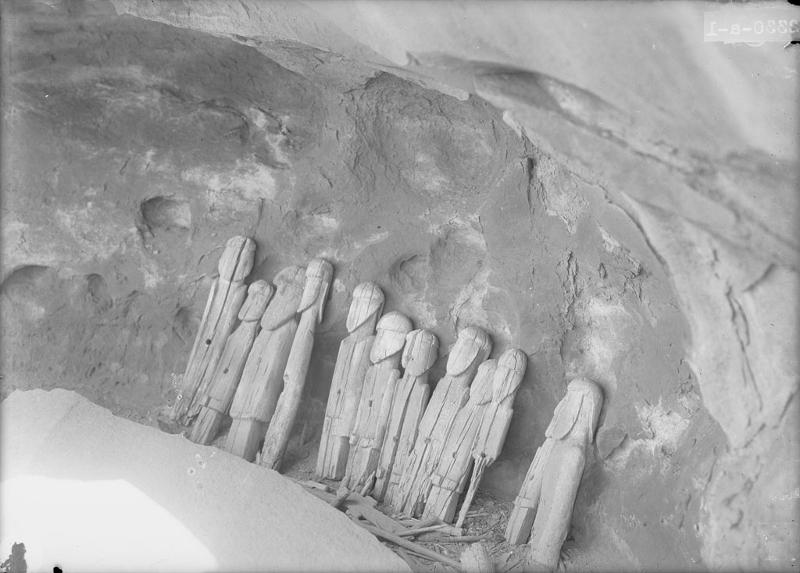Issues
When the Zuni reservation was created in 1877, its boundaries did not include the Zuni Salt Lake, a sacred area to the Zuni people. Zuni Salt Lake is a shallow body of water that evaporates every summer, leaving behind salt deposits. In prehistoric and historic times, these salt deposits were collected and used by numerous Native American tribes. The lake is sacred to the Zuni people for many reasons: it is home to the revered Salt Mother, and it is beneath this lake that the Zunis return to live (in Katsina Village) after they die. Additionally, the salt itself is used in many Zuni ceremonies. Despite the importance of the lake to the Zuni people, it was not included in the Zuni reservation boundaries but was instead placed into federal ownership in the 1880s. Since that time, the Zuni have fought to regain custody of and protect the lake. It was returned to the Zuni in 1977, but subsequent plans to construct a coal mine nearby threatened to lower the water level in the area and destroy the lake. The Zuni once again rallied to right for the lake, and plans for the coal mine were abandoned in 2003.
|
|
Zuni Salt Lake
Source - By Bureau of Land Management, Dep't of Interior, U.S. Government - U.S. Advisory Council on Historic Preservation, Public Domain, https://commons.wikimedia.org/w/index.php?curid=2358320
|
Another legal battle that was successfully fought by the Zuni involved the Ahayuda, or carved Twin God figurines. These wooden figurines are carved by priests and placed in shrines on the reservation, where they are considered to be communal property of the Zuni and where they are intended to remain until they disintegrate by natural means. They are considered living, powerful deities, and their removal from the caves is dangerous. Unfortunately, however, over the years numerous of the figurines have been stolen by looters who have sold them to art collectors and museums. Under the Native Graves Protection and Repatriation Act, which (among other things) requires sacred objects to be returned to the tribes, the Zuni recently have been able to recover all sixty-five of the Ahayuda figurines known to be in the possession of collectors and museums.
|
|
Shring with caved wood Ahayuda figurines, 1899
Source -http://collections.si.edu/search/direct/L3NlYXJjaC9yZXN1bHRzLmh0bT9xPTAyMzMwYTE= |
Click on next page to continue.


